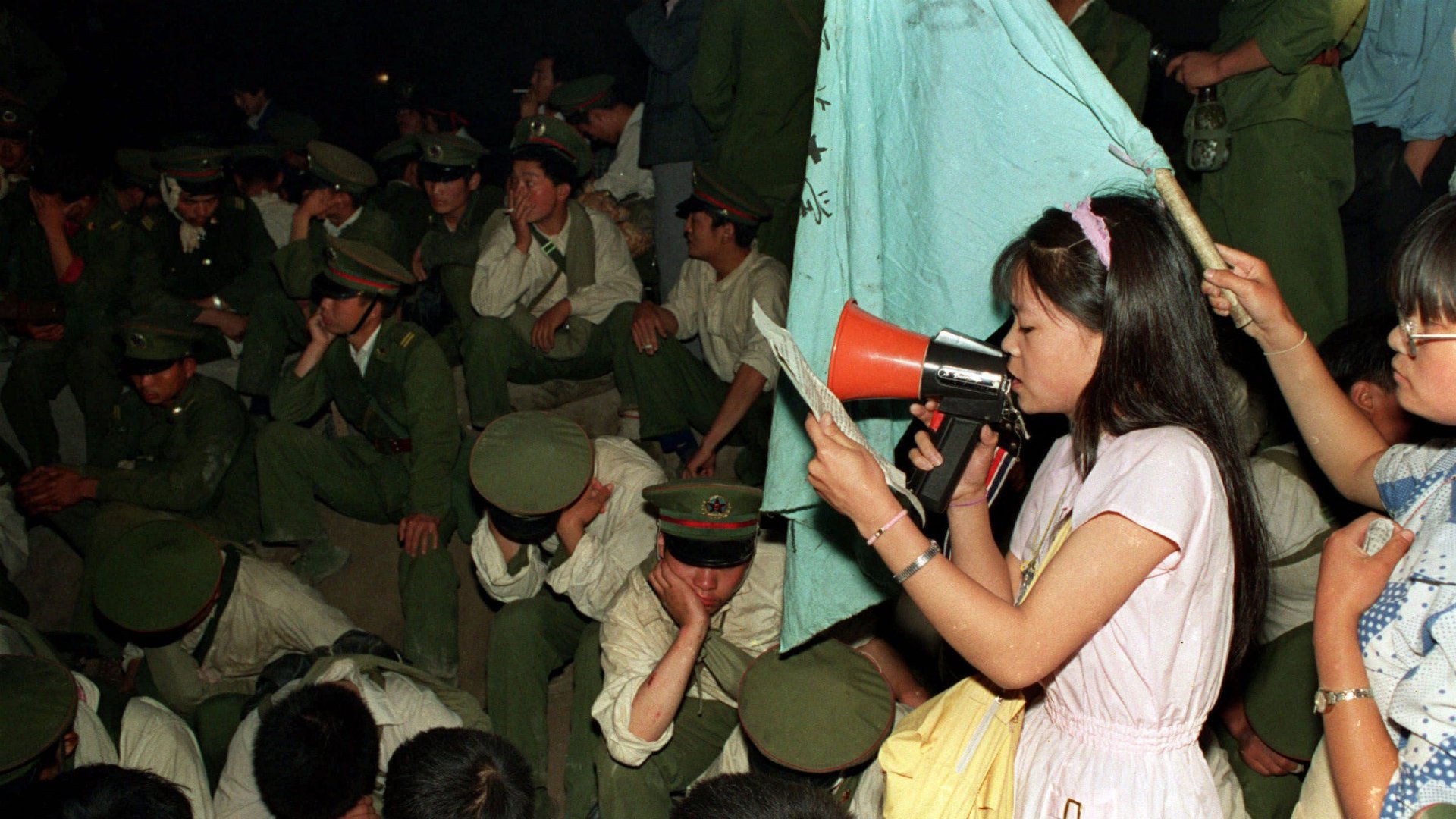Why Tiananmen matters more for young people in China today
I was born in the Zhejiang Province in China 1989 and grew up reading about politics. I remember in political science class in Dalian Maritime University, my professor would vaguely mention the year 1989—with no written record or complete introduction, leaving the students confused. For my friends and I who were curious about the Tiananmen Square event, it wasn’t easy to access information and the Great Firewall which was put in place in 2003 made it even harder, since most documentaries are on overseas websites.


I was born in the Zhejiang Province in China 1989 and grew up reading about politics. I remember in political science class in Dalian Maritime University, my professor would vaguely mention the year 1989—with no written record or complete introduction, leaving the students confused. For my friends and I who were curious about the Tiananmen Square event, it wasn’t easy to access information and the Great Firewall which was put in place in 2003 made it even harder, since most documentaries are on overseas websites.
An entire generation has grown up in this quarter of century and has experienced only the phenomenal developing period of their country. For most young people born after the ’80s and ’90s, June 4 resembles a black box. Life has too many incidents that seems far more relevant than what occurred in the spring of 1989.
Young people today experience a gap of wealth, environmental degeneration, speedy urbanization, freedom of speech, legitimacy of the party-state and so on which, to an extent, all refer back to the 1980s. In a traditionally constrained society and right after traumatic cultural revolution, the abrupt economic opening in the ’80s encountered a wide range of tensions (which appeared as corruptions, uneven distributions, forming of interest groups etc. eventually lead to the students movement). Hardly any of those tensions, after three decades of reforms, have been properly resolved.
Thus, Tiananmen will matter again, not only for filling the “black-box” with concrete historical evidence but also to evaluate what has happened to this country since then.
In a way, the powerful censorship from the authority across education, media and online public space has also effectively secured the political significance of the Tiananmen Square event; much like the invisible new clothes promised to the old emperor, asking for attention and waiting to be tested.
For Yu Hua, a preeminent Chinese writer, in the spring of 1989—when not just students, but also workers, teachers, officials even leading party media like Renmin Daily, Xinhua news agency all took apart the movement—Beijing was an “anarchist heaven” in “perfect order,” equipped with the belief of freedom of expression, as described in his book China in Ten Words in 2011. In his eyes, the police-free city in 1989 was bonded by a common purpose and shared aspirations—even pickpockets called for a moratorium on all theft to support the students.
For people living in Beijing since, “anarchy” is unthinkable. If anything, the world’s largest authoritarian state, after the first, and so far, only challenge threatening its rule, has made sure such a concept has no room in China, has made a “common purpose” about a wealthier life and has convinced people that nothing occurred on that day.
For a student researching public intellectuals in China, the difference in intellectual atmosphere before and after 1989 will be evident; for a young media worker who examines the changing censorship regulations, 1989 will stand out as a critical juncture; for a new reader of the “liberal” and “new-left” academic disputes targeting Chinese political and economic policies, she will find 1989 as the benchmark. 1989 isn’t a year that we can pretend never existed.
While the growing economy since the ’80s has so far promised prosperities and individual opportunities, an increasingly chaotic and vivid public sphere enhanced by social media are pointing to the willingness of the young generation to join political conversations. The question remains, how far can the authorities go to keep Tiananmen irrelevant?